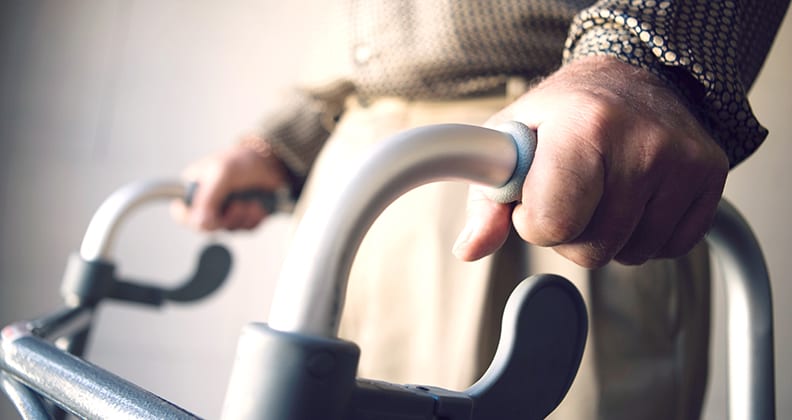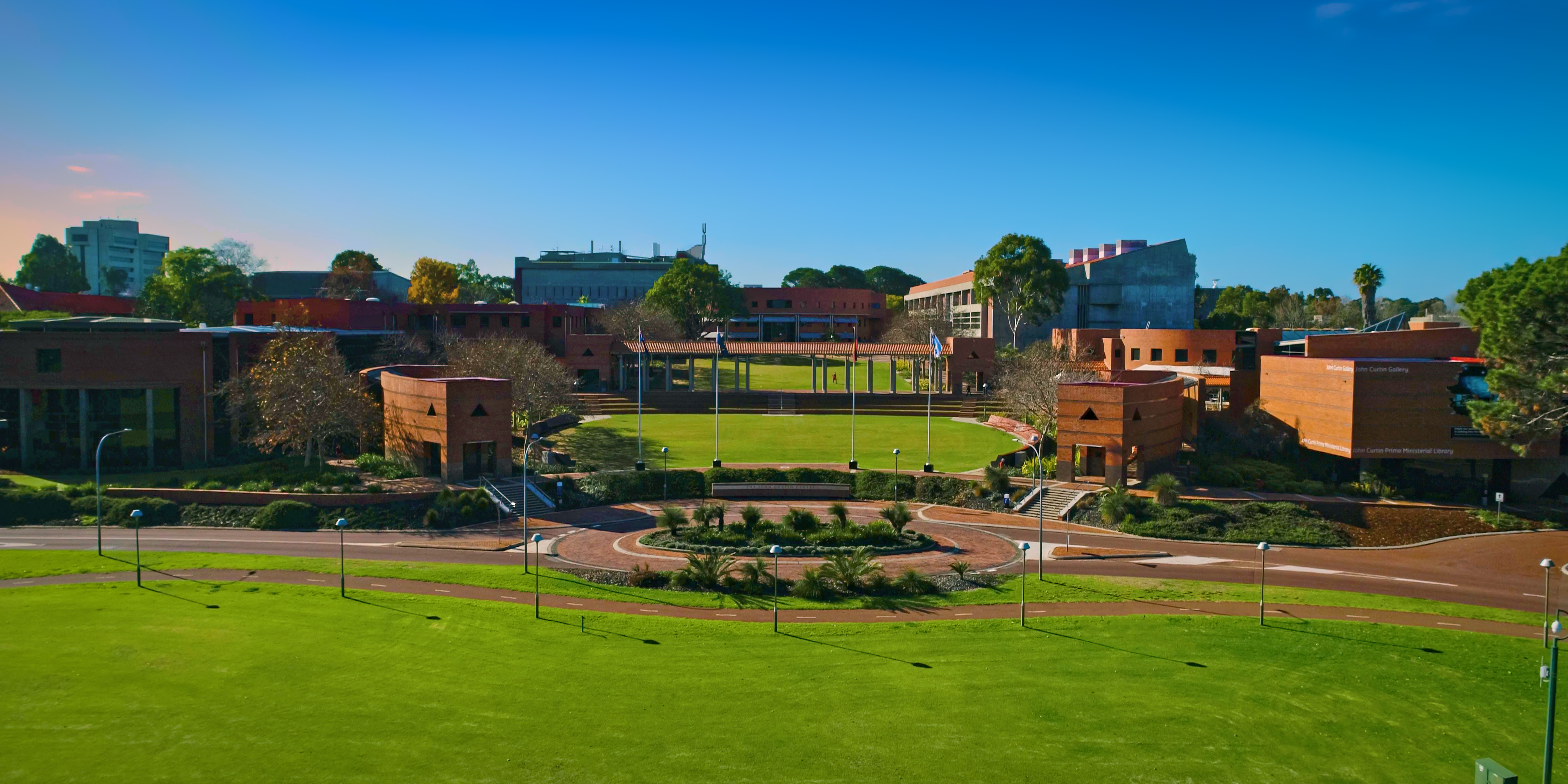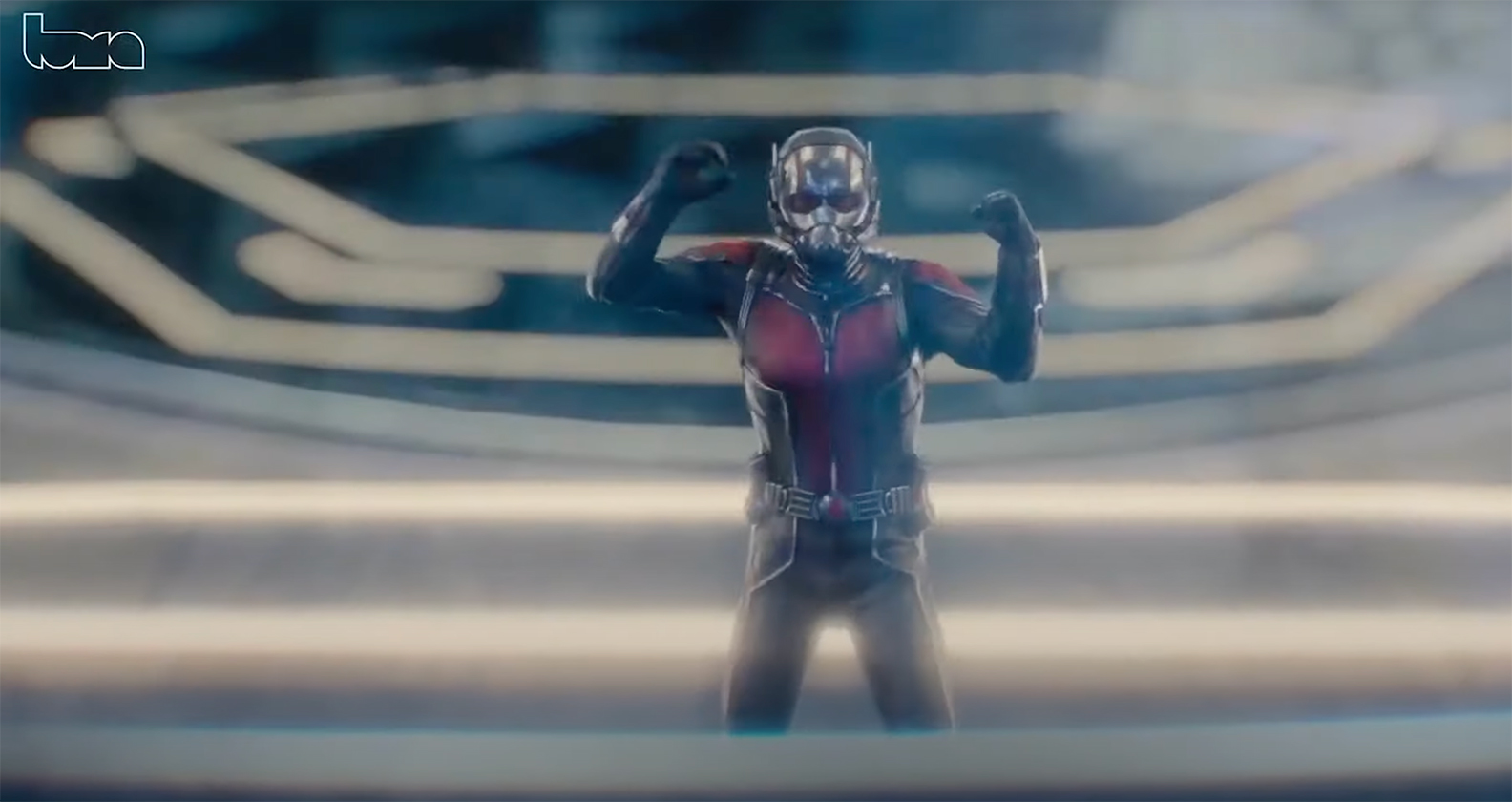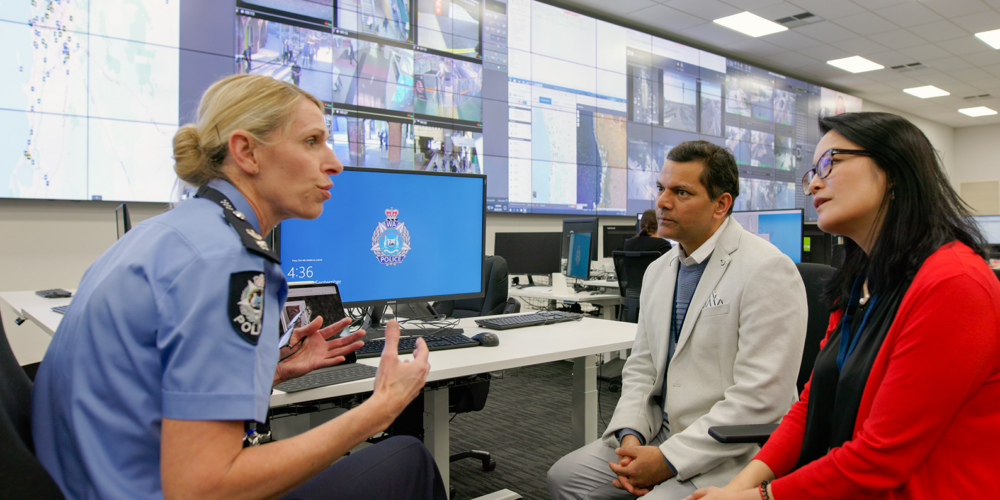Lateropulsion sits front and centre on the balance board

The application of ‘gaming’ hardware and software in clinical settings is an interesting trend in physical rehabilitation. Now, an Australian research collaboration is investigating whether Nintendo’s Wii Balance Board can help with the diagnosis and recovery of lateropulsion in stroke patients.
Stroke is a leading cause of adult disability in Australia, with up to 40 per cent of stroke survivors suffering from a condition called lateropulsion, whereby they lean involuntarily to one side when standing and sitting.
It is a challenge, however, for therapists to correct lateropulsion, as patients instinctively push back against passive correction.
At the School of Physiotherapy and Exercise Science, Professor Keith Hill is leading a research team focused on reducing the impact of lateropulsion in both stroke patients – and on the health system.
“People with lateropulsion have an altered perception of their posture. They can be leaning quite markedly, but believe they are standing or sitting up straight,” says Hill.
“The brain’s resistance to correction means patients are slow to re-gain their mobility, and their ability to complete everyday tasks, such as showering and dressing.
“These patients are therefore in hospital-based rehabilitation longer than those without lateropulsion, which impacts their motivation and, again, their recovery.”
Surprisingly, there’s been little research about lateropulsion in stroke patients, despite the issue being resource-intensive for the health system. But a national research collaboration is now focusing on the issue, using a technology developed by Nintendo for its exercise and sports video games.
“The Wii Balance Board can help to track the changes in the level of lateropulsion in patients, specifically in the six months following stroke,” Hill explains.
“Being portable and light, we can take the device to patients, and avoid having to transfer them to a clinical laboratory to capture posture and balance data early following stroke.”
One patient noted that using the Wii Balance Board helped them understand more about their condition, prognosis and recovery.
The project – which includes Dr Kim Brock’s team at St Vincent’s Hospital, Melbourne, Dr Ross Clark at the University of the Sunshine Coast, and Curtin PhD student Melissa Birnbaum – builds on Curtin research led by Associate Professor Kylie Hill and Ms Stephanie Parkinson.
The team is hoping that, overall, the Wii technology will deliver more information about the postural control deficits of patients. A longitudinal study of 60 stroke rehabilitation patients is now underway, as well as a retrospective investigation of the links between lateropulsion and other clinical conditions.
“Results of this stream of research will be used to generate new approaches to treating lateropulsion,” Hill says.
“The end goal is to reduce hospitalisation and improve longer term walking outcomes for stroke patients with lateropulsion.”



